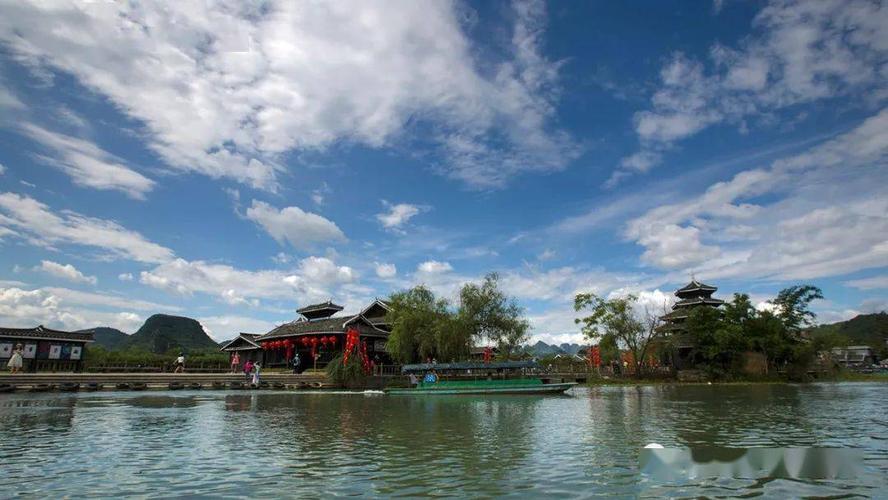The Arctic is one of the most remote and fascinating regions on earth, with its vast plains of ice, diverse wildlife, and extreme climate. However, this awe-inspiring region is rapidly changing, thanks to the ongoing effects of climate change. In this article, we will take a closer look at the Arctic’s mysteries and explore what makes it such a unique and fragile ecosystem.
The Arctic is home to a diverse range of species, including polar bears, walruses, and narwhals, all of which have adapted to the harsh conditions of their environment. However, climate change is putting these animals at risk as melting ice affects their food sources, habitats, and migration patterns. For example, polar bears rely on sea ice to hunt seals, which constitute their main food source. But as the ice melts, the bears have to swim longer distances to find food, thereby risking exhaustion and starvation. Similarly, walruses use the ice as a platform to rest and rear their young, but as the ice diminishes, they are forced to seek refuge onshore, where they are vulnerable to predators and crowding.
The Arctic is also a vital region for regulating the Earth’s climate, as its bright surfaces reflect sunlight back into space. However, the melting of the ice is causing a feedback loop that amplifies global warming by exposing dark ocean waters that absorb more heat. Moreover, the melting permafrost is releasing large amounts of methane, a potent greenhouse gas, which further contributes to climate change.
Despite the challenges facing the Arctic, there are also opportunities for exploring its mysteries and studying its ecosystems. For example, scientists can use ice coring to study the history of the region’s climate and monitor changes over time. This involves drilling into the ice to extract cores that contain layers of frozen snow and air bubbles, which reveal information about temperature, precipitation, and atmospheric composition.
In conclusion, exploring the mysteries of the Arctic is a fascinating and timely topic that sheds light on the threats and opportunities facing the region. By understanding the complex interactions between climate change, wildlife, and human activities, we can work towards safeguarding the Arctic and preserving its unique value for generations to come.
(Note: Do you have knowledge or insights to share? Unlock new opportunities and expand your reach by joining our authors team. Click Registration to join us and share your expertise with our readers.)
